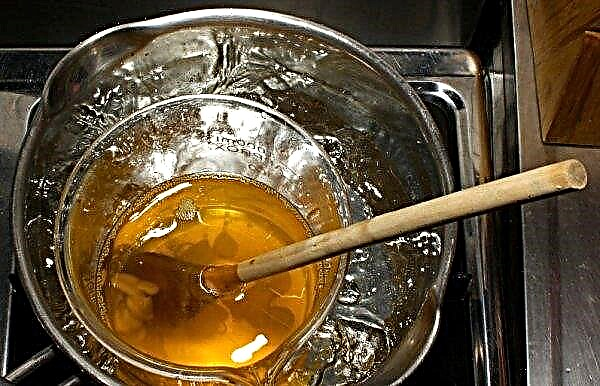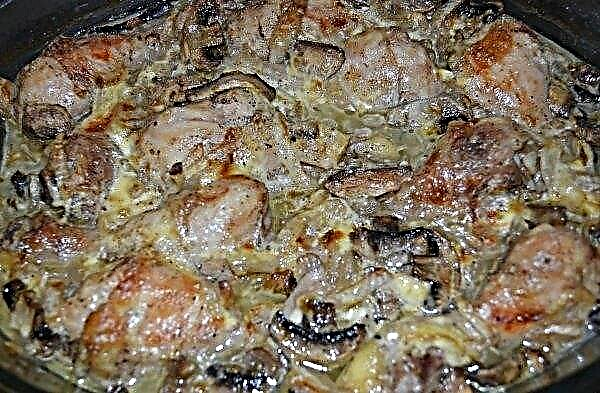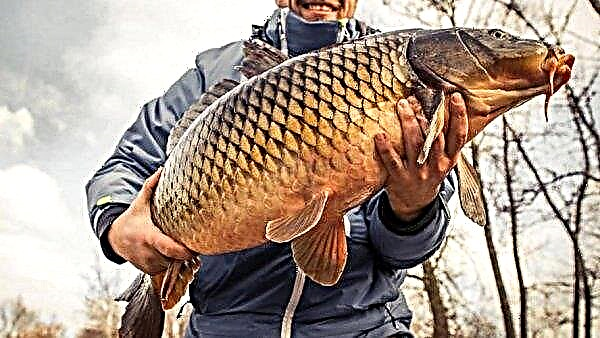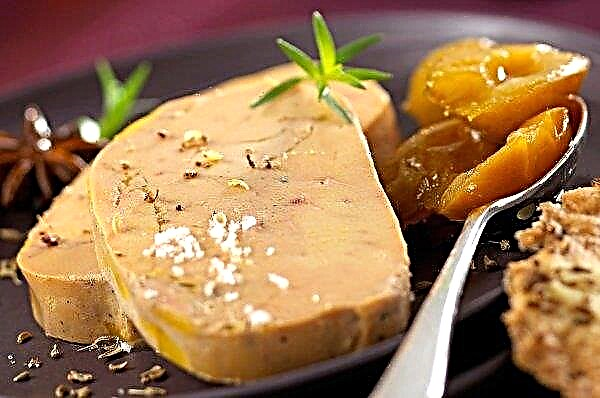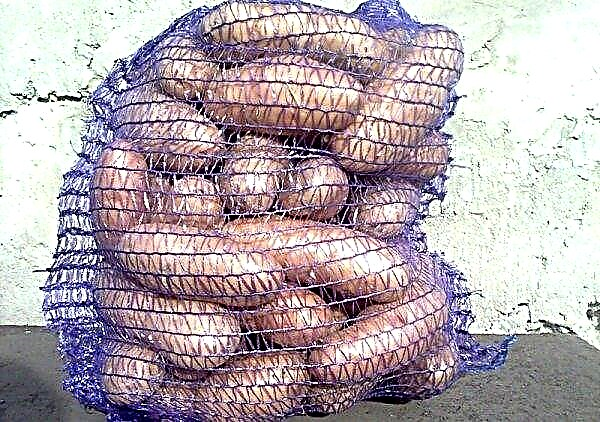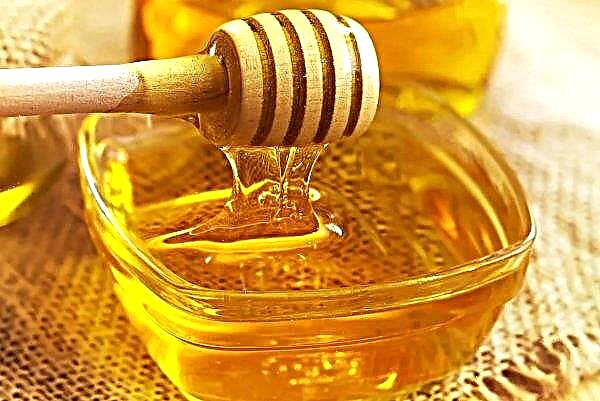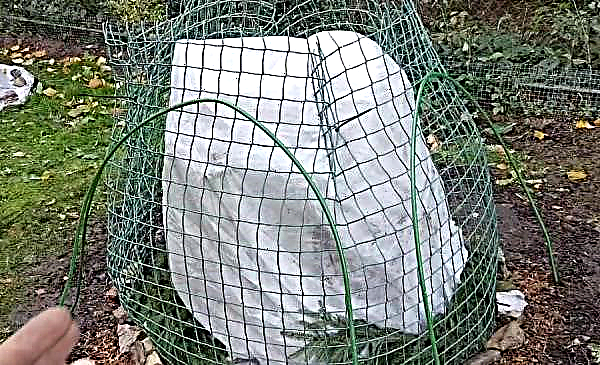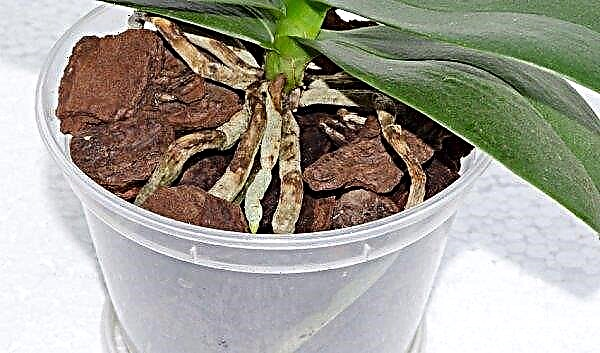Evergreen shrubs - a classic landscape design. Modern gardeners can hardly imagine a summer cottage without conifers. Juniper refers to such country "residents". This shrub is unpretentious, perfectly adjacent to other types of trees and bushes, requires a minimum of care and rarely gets sick.
Botanical Description
Juniper horizontal is known in botanical literature as Juniperus horizontalis hughes. Also in the description there is a mention of "prostrate", which means "creeping". It features a variety of varieties, as well as a rich color palette. Of all the representatives of its species, the most unpretentious and well tolerating the absence of the sun. Among gardeners, it has earned popularity due to its high frost resistance and excellent adaptive characteristics. Such a plant can be planted even on the most infertile soils. Reviews often mention such qualities of a horizontal juniper as a spectacular appearance, especially as part of garden landscape compositions.
Important! Yellow junipers can darken with a lack of sun, this is the biological norm for these plants.
Plant characteristics:
- the maximum height of the bush is 50 cm;
- permissible to grow in partial shade or in regions with a harsh climate;
- prefers both alkaline and acidic soils, and the degree of growth depends mainly on watering;
- the most common methods of propagation are cuttings and seeds, as well as finished seedlings;
- high resistance to frost, dust;
- high life expectancy (up to 200 years).
Popular varieties
There are more than a dozen varieties of horizontal juniper.
Did you know? The essential oil obtained from the fruits and wood of the bush has a phenomenal effect of wound healing and disinfection of the skin. A decoction of juniper berries is externally used for acne and acne in the form of compresses.
The most popular, expensive and easily grown are:
- Lime Glow (a distinctive feature is the yellow color of the needles or lemon-green close to it).
- Wiltony. It is distinguished by the ability to form a dense living carpet from its branches, grows low, spreads along the ground.
- Ice Blue. The most famous dwarf shrub, also called Cossack. It is easy to recognize by the rich green-blue hue of the needles and the dense filling of the crown. It lends itself perfectly to shaping with the help of secateurs; it loves loamy soils and good watering.
- Blue Chip. The color of the needles is similar to Ice Blue. It grows in the form of shoots diverging towards the side, lying freely.
- Horizontal variegate. It is characterized by a bright green color of the crown. The color is close to light green.
- Winter Blue. Pillow-shaped crown, a shade of green with blue. Creeping variety, like the rest.
- Alpina. Juniper is the color of forest moss. Incredibly beautiful plant with a cone shape.
- Prince of Wales. American variety with undulating shoots creeping on the ground. Saturated emerald color of needles.
- Andorra. Compared to previous plants, it does not differ in brightness. The color of the needles is pale green with a gray tint.
All these subspecies are united by their short stature and compactness, as well as adaptability to pruning and thinning of the crown. They are easy to shape and give the branches the outlines of any figure, but most often the plants are planted with a solid “carpet”.
Landing
In order to land according to all the rules, observe the following sequence of actions:
- the size of the hole is calculated based on the height of the seedling - the depth should be twice as much;
- the bush is placed in a landing pit, while the earthen lump should slightly rise above the soil;
- The soil around the plant is compacted, watered abundantly. Recommended soil composition for filling the pit: two parts of turf, one part of sand and peat. You can fertilize this mixture with "Nitroammophos" (per well - 100-200 g of substance);
- then put on the root zone of peat with a dense layer 10 cm thick;
- a young plant is periodically sprayed, but only until it takes root (this will be seen by the bright color of the needles, if the bush starts to hurt, it will change color, dry out).
 If the soil is loamy, drainage from gravel or coarse-grained sand is added to the pit to avoid waterlogging of the roots. The distance between the bushes should not be less than 1.5 m, since the plant has the ability to grow. Recommended distance is 4 m.
If the soil is loamy, drainage from gravel or coarse-grained sand is added to the pit to avoid waterlogging of the roots. The distance between the bushes should not be less than 1.5 m, since the plant has the ability to grow. Recommended distance is 4 m.
Juniper Care
High-quality care of evergreen coniferous shrubs has the same basic rules as the care of other plants: high-quality watering, timely fertilizer application, thinning of the crown, as well as loosening and mulching of the soil.
Watering
Active watering is important for conifers in the first months after planting in open ground. Next, the juniper horizontal takes moisture from the air and when irrigated by sprinkling. It is made from a shallow watering can. This method of irrigation is suitable for specimens with a loose crown, and thicker ones are watered under the root to avoid rotting inside the needles.

Top dressing
Top dressing of adult plants is performed once a year, in the spring, after removal of weed grass around the bush. Fertilize with nitroammophos. The powder is carefully mixed with soil in the near-stem earthen circle - 30 g of fertilizer is enough. After top dressing, the juniper must be watered (just one bucket of water is enough). If the soil is too scarce, infertile, then it is permissible to fertilize it throughout the growing season, however, a break in the application of fertilizers should be at least 1 month. Young plants (up to 4 years old) are fertilized in a similar way in the fall, but they use only 20 g of the drug.
Loosening and mulching
During the year, the soil is loosened and mulched in all seasons except winter with a frequency of 1 time per month. Loosening is done shallow so as not to damage the roots, especially for young plants. Adult plants mulch in the fall, before hibernation, and in the spring, until the buds are blocked, so that parasites and diseases do not start in the upper layer. For mulching use coniferous sawdust, shavings.

Pruning
Trimming or thinning is done as needed. If shrubs do not form, thinning of the branches is carried out 1 time in 2 months. This procedure relieves plants of excessive density and promotes good ventilation of the branches.
Important! All cropping or thinning manipulations are performed in a respirator and tissue gloves. Wood dust is a strong allergen and is not excreted from the lungs.
Winter preparations
Before winter, young plants under 5 years old are covered with agrofibre or a rough unpainted cloth. It is also permissible to sprinkle the near-trunk circle with sawdust of pine mixed with peat in a ratio of 1: 1. Also, the root system will be insulated and protected from frost.

Possible diseases and pests
Juniper Disease:
- shute;
- alternariosis;
- rust;
- fungal lesions of the cortex.
They are eliminated by fungicides: "Skor", "Chorus", "Champion", which are used according to the annotation to the drugs.
Video: Juniper Disease
Pests:
- scale shield;
- gall midge;
- moth.
Means for eliminating pests: “Fundazol”, “Actellik”, “Ridomil Gold”. Dosage and processing are carried out according to the instructions.

What can be planted nearby
Horizontal juniper grows best next to onion, heather and other conifers. It perfectly adjoins with thuja, other varieties of its "brothers", irises, lupins, tulips, begonia, hydrangea, lavender, heather. Shrubs for planting near this plant: barberry, sea buckthorn, dogwood. You can also plant any non-fruit trees. Permissible to plant: lilies, daffodils, all types of moss.
Breeding methods
The plant propagates in the following ways:
- seeds;
- cuttings;
- seedlings.

Seeds - a difficult way to grow juniper, it is used only in breeding centers. It takes 4–5 years to get a seedling ready for planting in the ground. Traditionally, gardeners recommend buying ready-made seedlings in nurseries for growing in summer cottages. So you can be sure of the quality of the bush, in its selection characteristics.
Did you know? For the first time, juniper with medicinal purpose was used in ancient Egypt. His decoctions were used to treat psoriasis, eczema, and lichen.
Cuttings - The second most popular method of plant propagation. For proper harvesting, they are cut in April or May, shoot is taken no longer than 12 cm so that a piece of bark remains on the branch, then they are cleaned from needles to this site with bark, and then they are planted in sand mixed with peat in a 1: 1 ratio. A bucket or pot with a handle is regularly sprayed with water and wait for rooting. After 2 months, you can plant the plant in the ground. For the winter, the young juniper is always covered with a non-woven fabric or agrofiber.

Use in landscape design
Most often, horizontally growing plants, including junipers, are used to decorate slopes and alpine hills. Planting them on soils prone to creep helps to keep earth layers in a fixed position for many years. It is not forbidden to combine them with flowers, for example, with lilies or tulips. They look beautiful next to heather, lavender. Designers create a color transition due to different shades of shrubs, place them between large stones, as well as in addition to sculptures, garden miniatures.
 For the winter, the young juniper is always covered with a non-woven fabric or agrofiber.
For the winter, the young juniper is always covered with a non-woven fabric or agrofiber.
A beautiful long-liver of a garden and a summer residence not only decorates the territory, but also disinfects the air, is a source of valuable medicinal raw materials. Needles, bark and juniper cones are actively used in folk medicine. Once making an effort to grow such an important plant, the gardener in the future will receive both aesthetic pleasure and concrete benefit from the bush.



